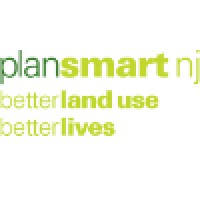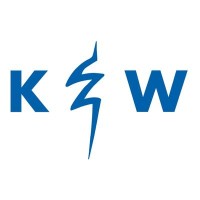
PlanSmart NJ
PlanSmart NJ is an independent, non-profit planning and research organization committed to improving the quality of community life through the advancement of sound land use planning and regional cooperation. Drawing on over 40 years experience, PlanSmart NJ concentrates on land use, transportation, housing, environmental conservation, and related issues throughout the State of New Jersey. PlanSmart NJ believes that balanced and thoughtful land use planning can strengthen our economy and environment to make New Jersey a better place to live, work, and play for all. We help refocus the debate away from whether New Jersey should grow, to how best we can grow. We believe growth must balance both the environmental and economic needs of the state.






